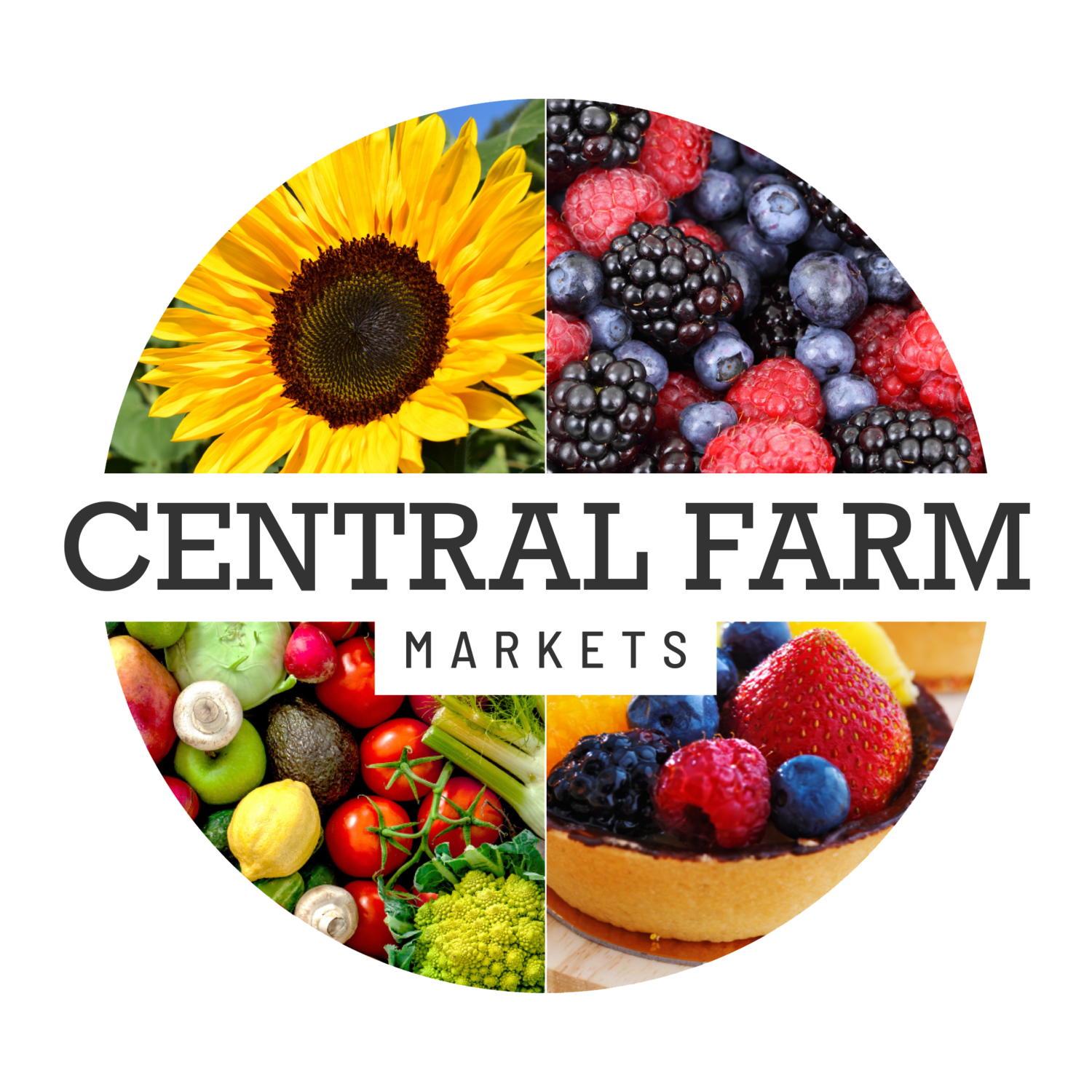Sunflower Season
Helianthus annuus, commonly known as a sunflower has taken over the markets. They’ve been tricking in for the last month from early plantings and early blooming varieties, but September is when their bright yellow faces appear everywhere. While sunflowers are grown primarily for seeds and oil, varieties of all colors and sizes have been developed for bird seed, cut flowers, and increasingly cover crops for green manure and silage. Most folks will understand all but the last two applications.
Green manure is what farmers call a cover crop planted on acreage that needs to lie fallow (unplanted) with a crop that won’t be harvested but instead turned under into the ground to increase organic matter. Soil is a living material and must be fed regularly so planted crops will thrive. Farmers can feed it freshly grown foods or highly processed chemicals to replace the nutrients removed by previous harvests.
Silage is different. It is a high moisture crop, usually corn or sorghum, that has been harvested, chopped up into small bits and stored in silos, bunkers, or plastic. When properly harvested and stored it can last up to three years. It is a high-energy food source for both dairy and beef cattle. While sunflower silage does not provide the calories needed for a producing dairy cow, it’s a great feedstock for growing cattle and dry cows which are pregnant adult cows who are not being milked.
Why are farmers increasingly turning toward sunflowers for cover crops and feed? Sustainability! There’s no such thing as a genetically modified (GMO) sunflower as opposed to corn which has over two dozen varieties of GMO corn with traits for insect and herbicide resistance. This means that when they are grown the plants can ward off pests without the application of pesticides and the farmer can spray herbicides on the acreage to kill off competing weeds, but not the crop plants.
As more consumers demand access to non-GMO foods and conventional farmers turn to direct marketing to survive, sunflowers have become more than just a pretty flower, a tasty snack, and a high oleic oil. Another common request among market patrons who are shopping for dairy, eggs, and meats are soy-free fed livestock. Soy is one of the top dietary allergens causing problems like acne, asthma, and eczema. When soy is removed from livestock feed something needs to replace those calories. Omnivores, like poultry and pigs, can’t live on pasture alone and must be fed something. Sunflowers are rapidly becoming the go-to choice over previously used ingredients such as fish meal. With the costs of fuel, labor, and processing rising, guess which ingredient is less expensive to produce.
The flower of the sunflower isn’t actually the flower, but a head of many little five-petaled flowers called florets. The flower head is ringed by outer flowers called ligule or ray flowers which are sterile meaning they will not produce seeds. Seed fruits are produced by the disk flowers arranged in a spiral at the center of the seed head. The placement of seeds is a mathematician’s dream with golden angle, 137.5°, producing a pattern of interconnecting spirals, where the number of left spirals and the number of right spirals are successive Fibonacci numbers. Typically, there are 34 spirals in one direction and 55 in the other; however, in a very large sunflower head there could be 89 in one direction and 144 in the other. This pattern produces the most efficient packing of seeds mathematically possible within the flower head.
Sunflowers have been grown in North America since 2,600 BCE when they were first domesticated in Mexico. Prehistoric Native Americans in the south and east started cultivating sunflowers for 5,000 years. The sunflower shows up in indigenous iconography for solar deities.
Sunflowers have also been cultivated throughout Europe and Russia, the Orthodox Church pushing the oil’s popularity for use during fasts because it is a plant-based fat. The sunflowers of Van Gogh’s paintings were varieties popular in gardens much like the ones found in homestead gardens today. As sunflowers have become more popular in professional arrangements are for commercial florists, varieties that don’t shed golden pollen are now common.
More recently, sunflowers have taken on a powerful meaning, that of a nation, the symbol of resistance against the Russian invasion of Ukraine.
So when sunflowers pop up at the market, grab yourself a big bouquet and brighten your life with this amazing symbol of peace, joy, and sustainability.

